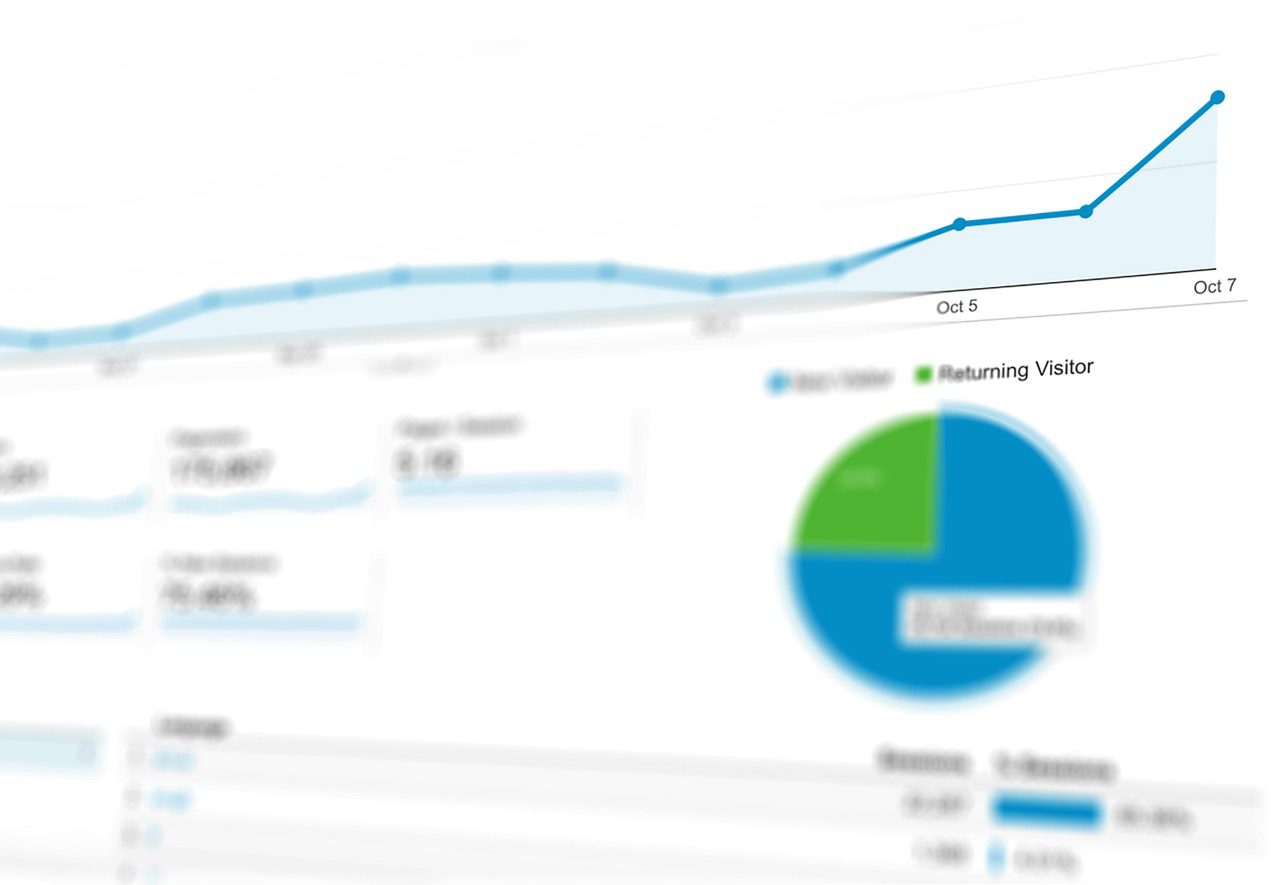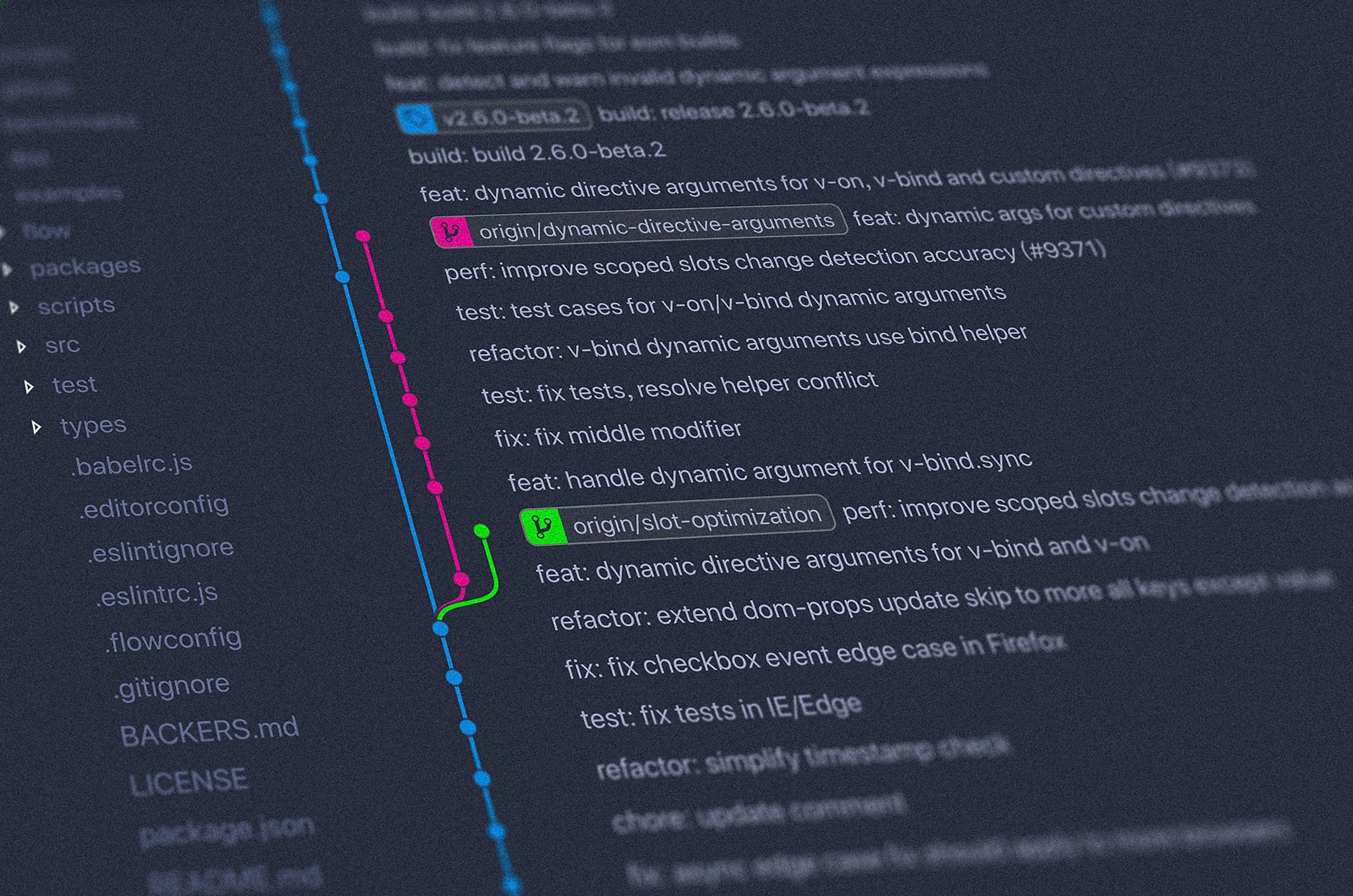Understanding Website Performance Indicators: Essential Metrics for Success
Website performance indicators are crucial metrics that help in assessing how well a website is meeting its objectives. These indicators offer insights into various aspects of a website’s functionality, influencing user experience and search engine rankings. Understanding and optimizing these indicators can significantly enhance your online presence and business performance.
Importance of Website Performance Indicators
Website performance indicators allow you to evaluate the efficiency, speed, and user-friendliness of your site. In today’s digital landscape, where users demand fast and seamless browsing experiences, these indicators have become vital for:
- Improving User Experience: Faster loading times and smooth navigation improve overall user satisfaction, reducing bounce rates and increasing the likelihood of return visits.
- Boosting Search Engine Rankings: Search engines like Google consider website performance in their ranking algorithms. A well-optimized site is more likely to achieve higher positions in search results, increasing visibility and traffic.
- Enhancing Conversion Rates: A well-performing website can lead to higher conversion rates by providing users with a frictionless path to completing desired actions, such as making a purchase or signing up for a newsletter.
Key Website Performance Indicators
Load Time
Load time refers to the duration it takes for a webpage to fully display its content. According to Google, pages should aim to load within three seconds or less to minimize bounce rates and improve user engagement. For more information on load time best practices, visit Web.dev’s performance scoring guide.
Time to First Byte (TTFB)
Time to First Byte is a crucial performance metric representing the time it takes for a web server to deliver the first byte of the page to a user’s browser. A low TTFB indicates a responsive server and a well-optimized website infrastructure. Insights on improving TTFB can be found at Kinsta’s explanation of TTFB.
Bounce Rate
Bounce rate measures the percentage of visitors who navigate away from the site after viewing only one page. High bounce rates can indicate issues with user engagement or relevance of content. Reducing bounce rate can lead to increased dwell time and a more effective website presence.
Enhancing Website Performance
Improving website performance involves optimizing various indicators to create a seamless experience. Consider the following strategies:
- Image Optimization: Compress images and use modern formats to reduce load times and improve performance.
- Minimize HTTP Requests: Limit the number of elements on each page to reduce load time and resource consumption.
- Leverage Browser Caching: Use caching to store frequently accessed data, reducing server load and improving response times.
Conclusion
Website performance indicators play an essential role in determining the success of an online presence. By focusing on key metrics such as load time, TTFB, and bounce rate, businesses can enhance user experience, improve search engine rankings, and ultimately achieve their goals. Regularly monitoring and optimizing these indicators ensures that a website remains competitive in an ever-evolving digital landscape.
In conclusion, continually assessing and refining website performance indicators is fundamental to maintaining a thriving and competitive online platform.




